This is my Photo book layout, the title is “Special Care”
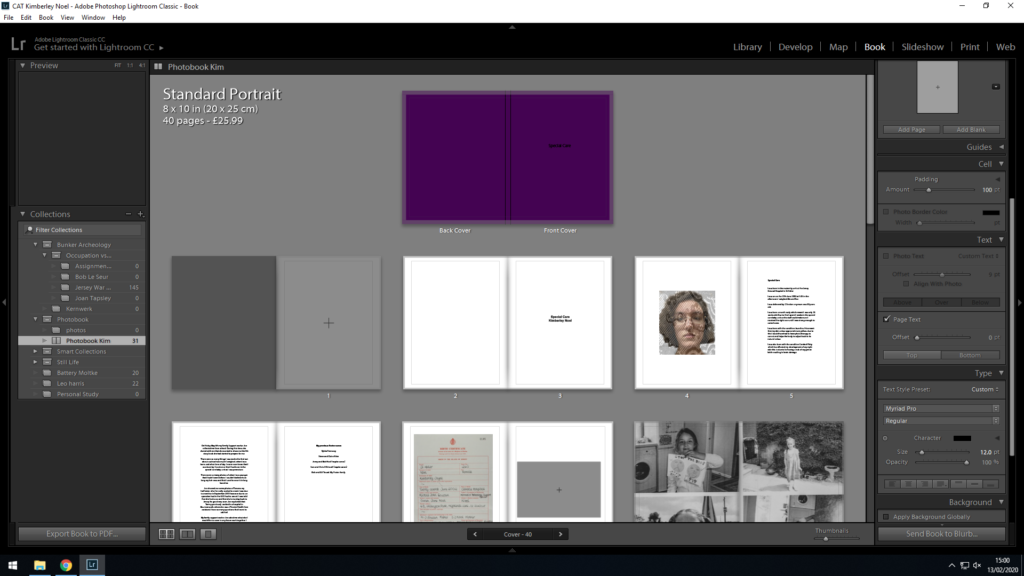
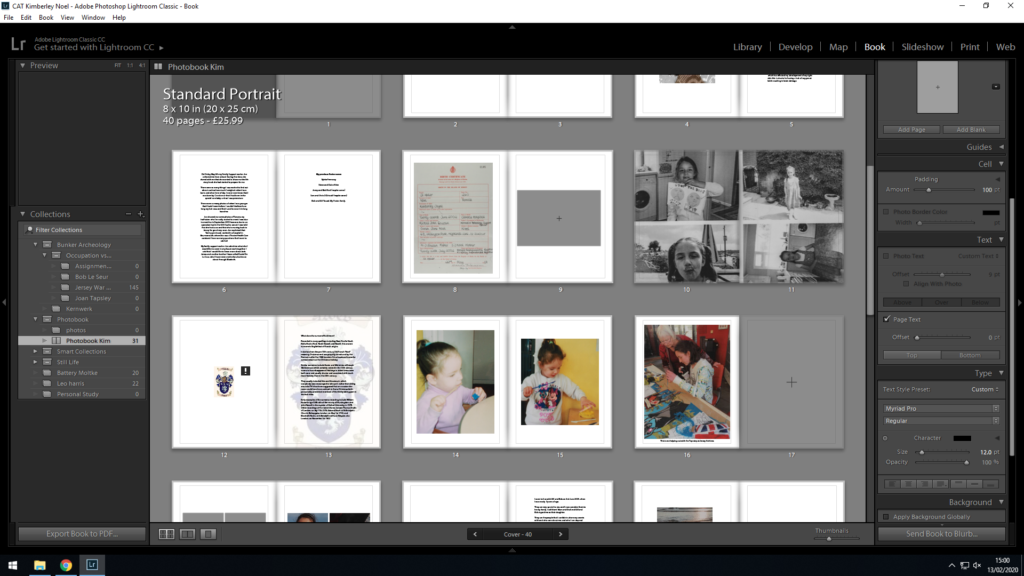
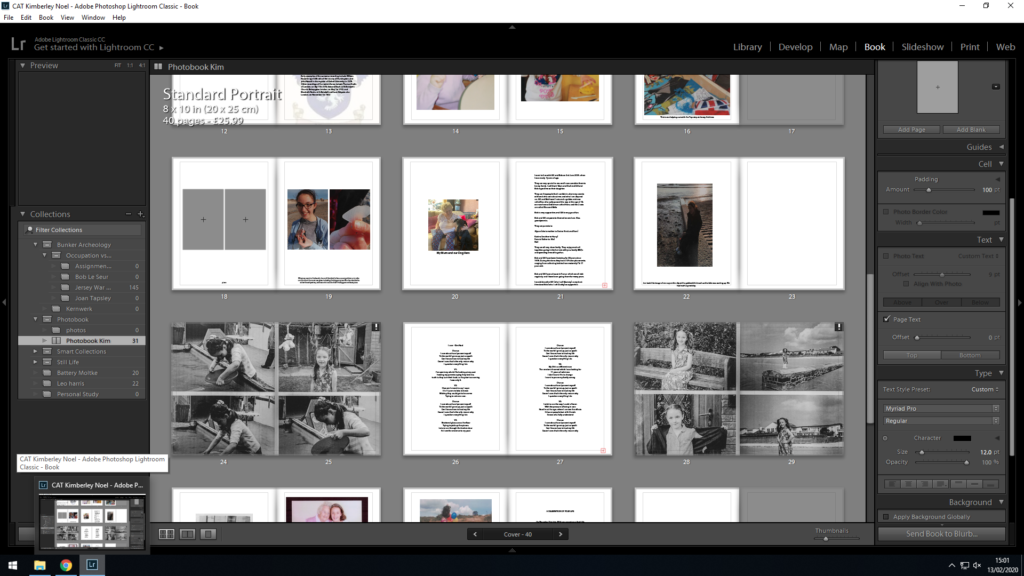
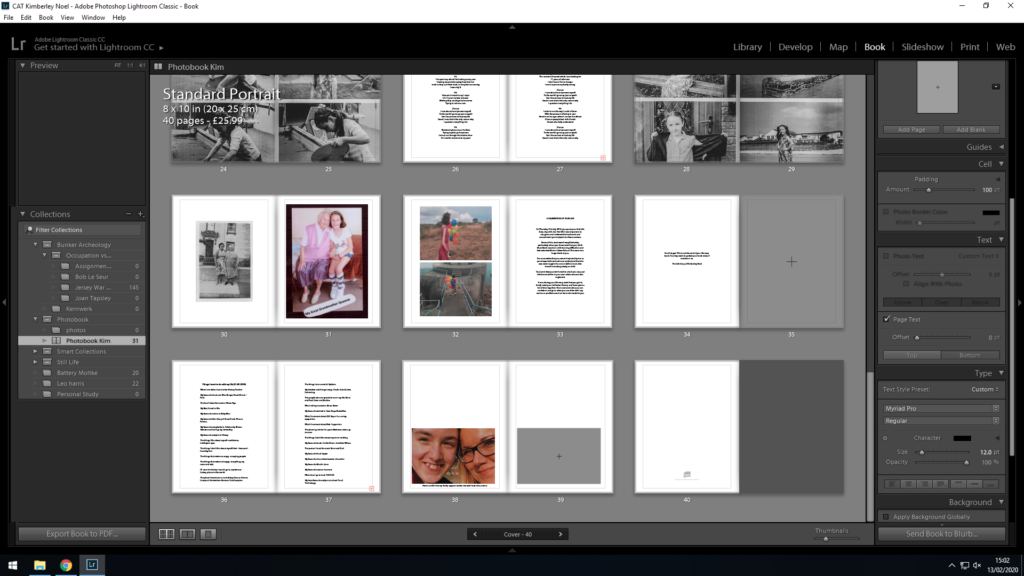
The Photo book “Special Care”, firstly explores me as a child with images and using text to explain my own experiences
This is my Photo book layout, the title is “Special Care”




The Photo book “Special Care”, firstly explores me as a child with images and using text to explain my own experiences
Question:
In what way are portraits by Paul Strand and Edward Steichen seen as examples of high modernism.
Introduction:
“The process of manipulation starts as soon as we frame a person, a landscape, an object, or a scene with our cameras: we chose a portrait or landscape format”(Bright and van Erp.2019:18).
I am going to explore how having a change of event in your childhood can affect the way you have been brought up, and how you view your past. This interests me because it’s something which I can relate to and have experienced firsthand. I will be investigating how portraiture was an integral part of Paul Strand’s and Edward Steichen’s work and consider their position as exponent of modernist photography. I will also be analyzing and discussing the way and how a particular modernist aesthetics can be attached to their works. As a response I will be re-editing and re-contextualising images of my childhood and upbringing from a photo album put together by my Social Care Worker. This new selection of images will be constructed as a new story about my life.
Historical Context:
Modernism as a set of ideas emerged alongside the Industrial Revolution from 1760s onwards. Even though photography was discovered later in 1839 as a scientific tool predominantly used in botany and archaeology. Modernism itself explored questions around the nature of art and human experience. Photography helped shape modernism and was itself an invention of modernism. New York became a hub for photographers in early 20th century, due to its radical architecture, and mass population. Most modernist photographers tried to challenge the fact that photography didn’t rival painting, herefore by doing this they could see the potential for originality. Modernism also saw photographers experimenting in creating something new. They did this by cutting up, marking, or combining images together leading to early examples of photo montages and collages, as seen in Dadaist’s works such as Russian Avant Garde artists Alexander Rodchenko. This era also let photographers to explore viewpoints as the number of handheld cameras increased. They were able to explore different angles of making interesting compositions. Rodchenko, who used different viewpoints said, that he wanted to “challenge the viewers perception and delay recognition” (Rodchenko in Johnston 2004:112). This is evident in his image of Shukhov Tower, where he has photographed the tower looking up at it instead of straight on deadpan approach. By doing this he has managed to capture the sharp lines of the tower. Rodchenko pointed out, that “everybody has been photographing from Centre to Centre, for years: not just 1 but the majority of photographers ought to be taking pictures looking up from below or down from above” (Rodchenko in Johnston 2004:112). Modernism allowed artist to explore this as photographers started to reject the older styles of photography, meaning they were becoming more creative.


Blind Woman – Paul strand
“It is in the organization of this objectivity that the photographer’s point of view towards life enters in”(Strand in Johnson 2004:128). With this statement Paul Strand is referring to the way he took images in their natural surroundings compared to other modernist photographers. Strand was instrumental in developing Straight Photography. He did this by experimenting with several techniques at the time, such as using candid camera techniques. A commentator has explained Strand being; “driven to document his city with complete photographic objectivity, he created a means of shooting his subjects candidly. He worked out that by screwing in a false lens to one side of his camera pointing ahead while concealing the real lens under his arm facing his subjects” (AnOther, n.d.). This meant that he could take images without people realizing they were captured on camera. One of his successful photos was of a Blind Street Beggar in 1916. At this time, he developed a more interest in this type of photography and began to make pictures in a lot more detail capturing every curve in the image. In the image above you can see a woman where she has a sign saying Blind. You can also see that she is wearing a tag around her neck this shows us that she is a licensed beggar in New York. This image was taken in monochrome. It also captures the details on her face, the light is hitting off her forehead and she is look away from the camera, this shows that she is not aware that she is being photographed.

Edward Steichen – Gloria Swanson
Edward Steichen is an American photographer; whose works were published in Alfred Stieglitz magazines Camera Work he was also known for his fashion photography. In the image above you can see a picture of a woman who is known as Gloria Swanson, who was a famous silent movie star. In the image she is looking straight at the camera, you can also see that she is wearing a headband. The picture is taken in monochrome, over the image you can see a piece of fabric covering her face identified as being lace. This was significant as Steichen merged the words of portraiture and fashion together. On the cloth you can see outlines of flowers and leafs. Gloria Swanson was a leading actress and this image was later used to publicize the film Vanity Fair. You can see in this portrait that the light is directed slightly to the right of the face.
I feel that portraits by Edward Steichen and Paul Strand are examples of high modernism, as they both look at different viewpoints. For example, Edward Steichen said “The mission of photography is to explain man to man and each to himself”(Steichen in Johnson 2004: 92). This signifies that you have to explore your own history to understand yourself. This is what I was focusing on to try and portray in my project about my childhood. In the image below, I have tried to recreate the famous image of Gloria Swanson where he has put lace on top of her face. For my recreation I used an overlay of another textured image in Photoshop on top of my self-portrait. By doing this I have been able to catch the emotion of the image. Edward Steichen is also a good example of high modernism as he made sure that when he took images, they were precise capturing a lot of fine detail. This is evident in his image of George Washington Bridge where he has got the everything parallel to each other, emphasizing perspective. It was taken in high clarity and you can also see that the light is hitting one side of the bridge whereas the other side is dark. In Steichen’s image of the bridge the lines are parallel, this was an integral part of modernism. “A Portrait must go beyond the almost universal self-consciousness that people have before the camera”(Steichen in Johnson 2004:92).

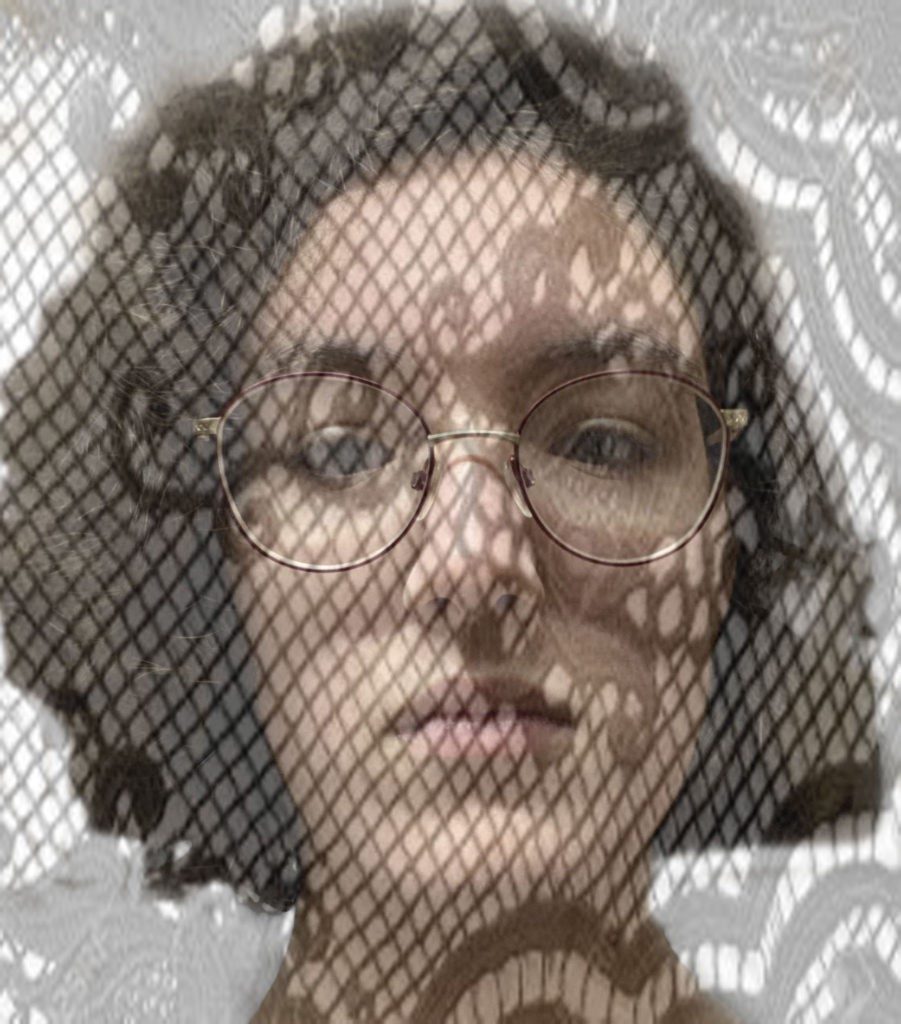
Edward Steichen – George Washington bridge.
My response Edward Steichen
When Paul Strand said “Your photography is a record of living, for anyone who really sees”(Strand in Johnston 2004:96) and I believe that this true, as everything you take images of goes in the history books for years to come people look back and will see what it was like in this time. In the image below I have attempted to recreate what Paul Strand did when taking portraits. I have taken the image in a naturalistic background and have also turned the image into monochrome as Paul Strand’s images were mostly in black and white. Some of Strand’s images are an example of high modernism because he also explored abstraction. For example, in the image Wall Street (New York) the photograph has elements of both realism and abstraction. For example, in the image he has used symmetry, as in the black openings in the architecture in the background. Strand also captured men in suits the financial heartland of America (Wall Street), therefore symbolically showing us America’s wealth and prosperity before the Wall Street crash in 1929. The suited men also represent symmetry and repetition of figures in the front of the image. You can also see the same shapes between the shadows and sharp light. “For it is precisely here that honesty, no less than intensity of vision, is the prerequisite of a living expression” (Strand in Johnson 2004:96) This quote supports Strands ideas of capturing people in their natural environment.

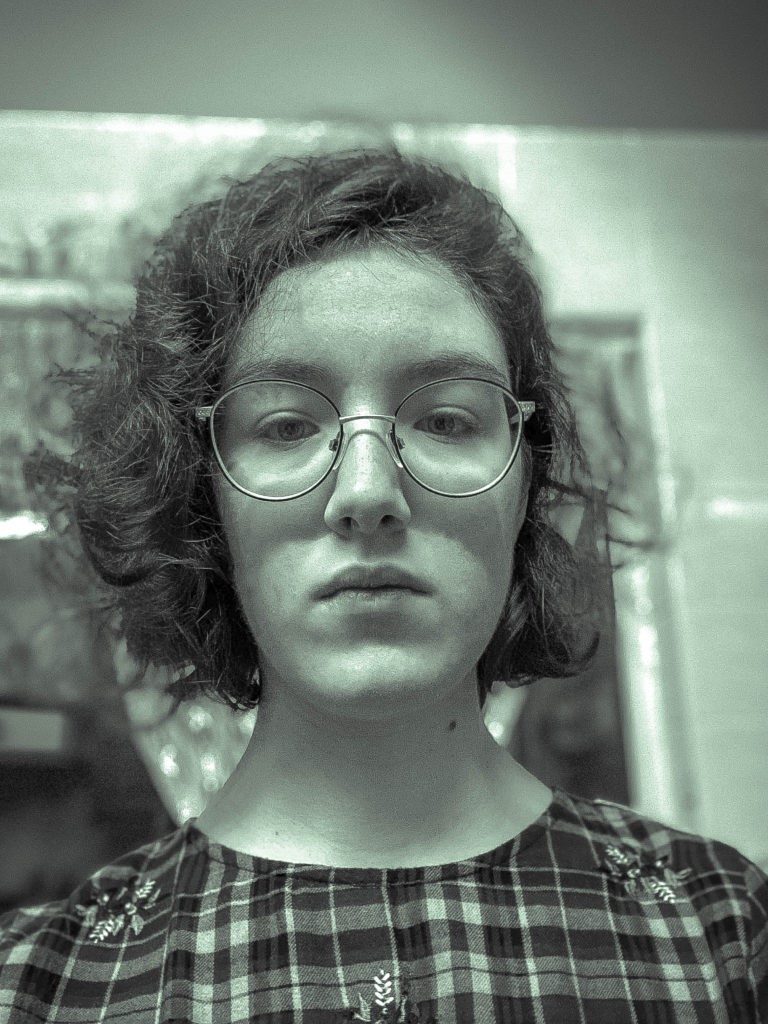
Wall Street New York – 1915 by Paul Strand
My response to Paul Strand
Conclusion:
There are similarities in the way Edward Steichen and Paul Strand make portraits, however, they explore different aesthetic styles and approaches. They both use the street as setting to make images. They both include a lot of emotion in the photographs, meaning that the audience can connect to what they are trying to communicate. Modernism allowed photographers to achieve the different emotions they wanted. Both Photographers have strong connections between the subjects in the images, As a story narrative I have tried to reconstruct my life as a child therefore have done this by getting a couple of pictures of me when I was younger and making them into a double page. Therefore, it would make effective for the reader to see what I was like as a child, but I also added some text to my book to explain my childhood for example, I have added some song lyrics I wrote, which explains my point of view of being fostered for 11 years. I hope to make this narrative easy for the reader to understand, when I have explored different aspects from my childhood to me growing up and comparing the photographs from the younger to the older me.
Bibliography:
Size: 25x20cm (Landcape)
All of my photos were shot in landscape and thus best suited themselves to this page size.
Cover Option: Hardcover – linen cover
I wanted a more minimalist cover and thus opted against a graphic cover. I didn’t like the lack of a matte option for covers.
Paper: Proline uncoated
I found that this paper best suited my images due to the matte finish and the subtle warm colour cast
Linen Colour: Oatmeal
This was chosen as it was similar in colour to the graphics used on the title spread.



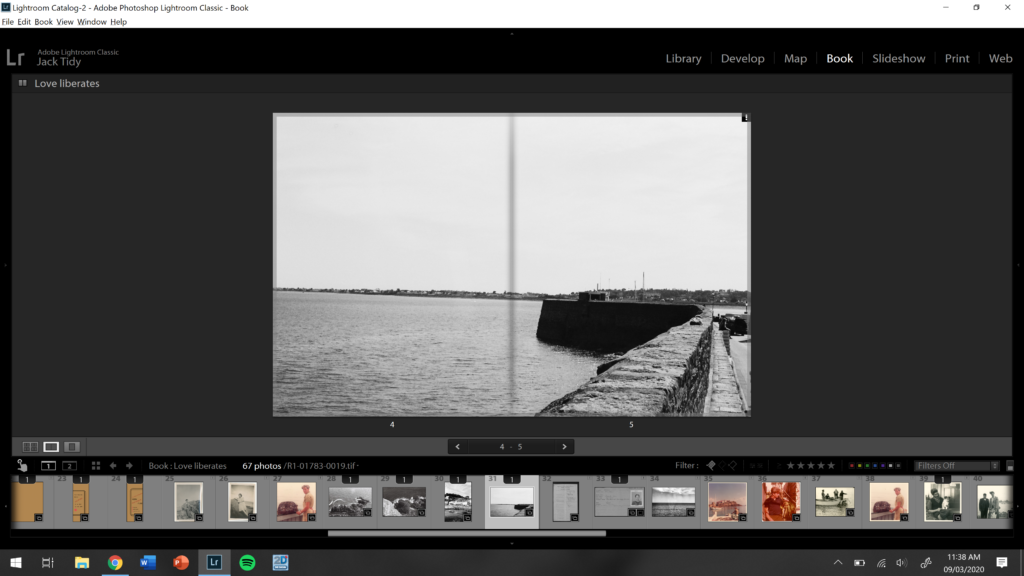

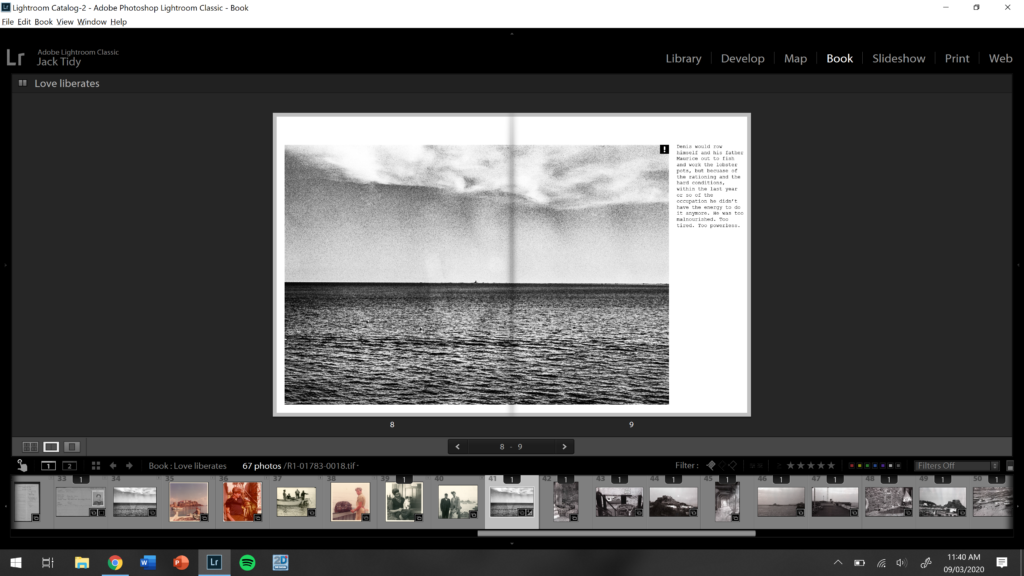

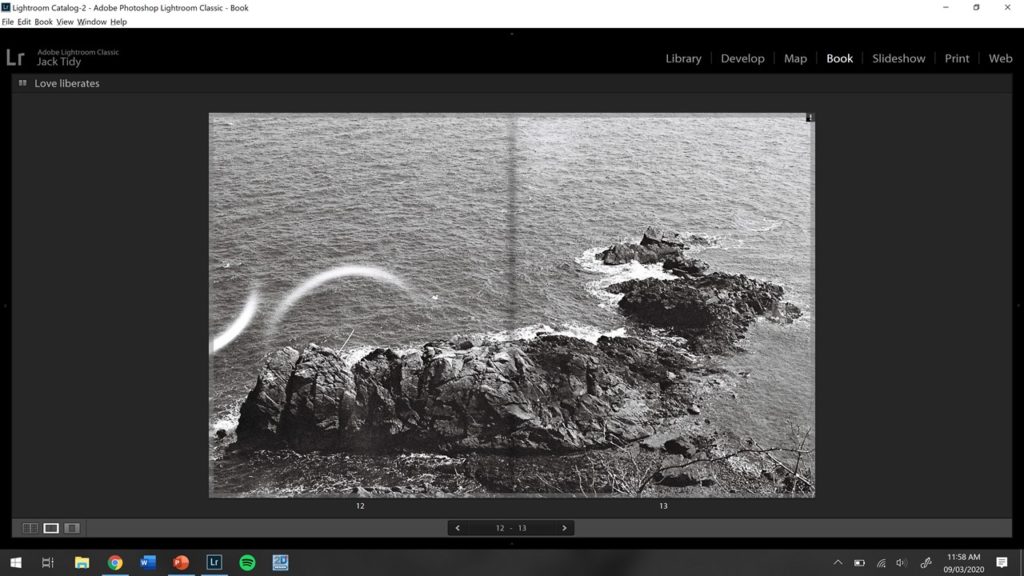

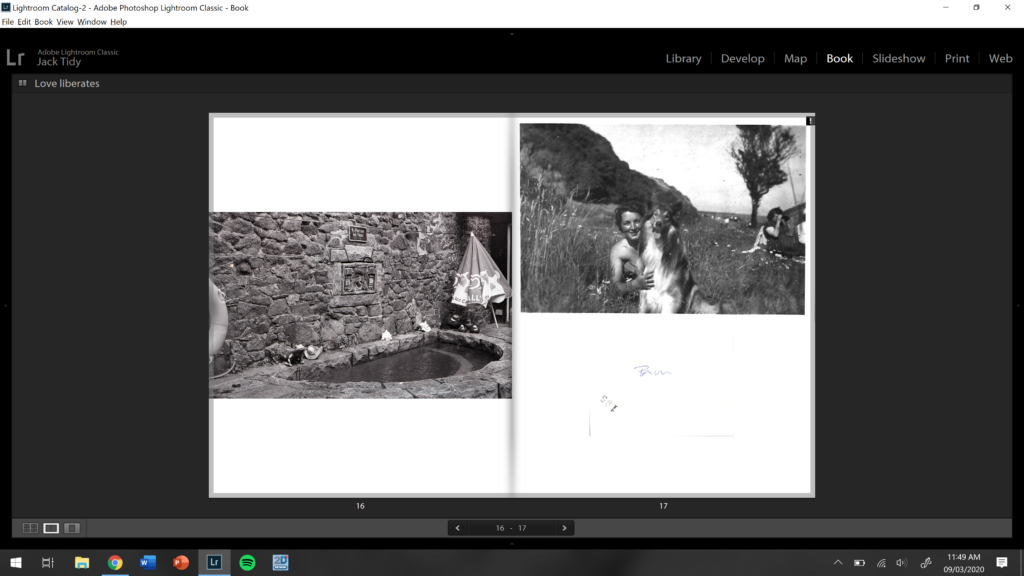



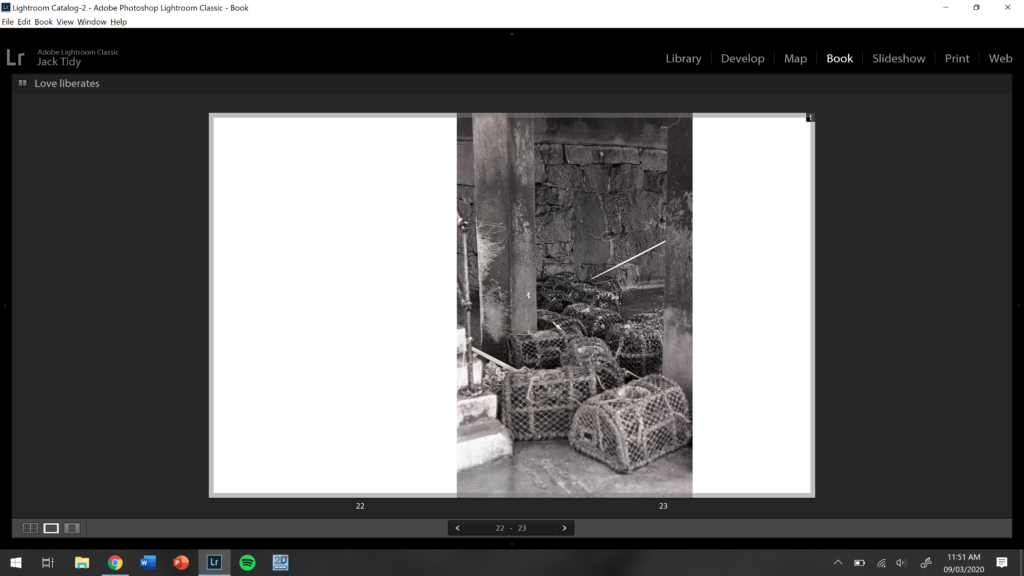






Link to final layout (missing inside dust jacket covers):
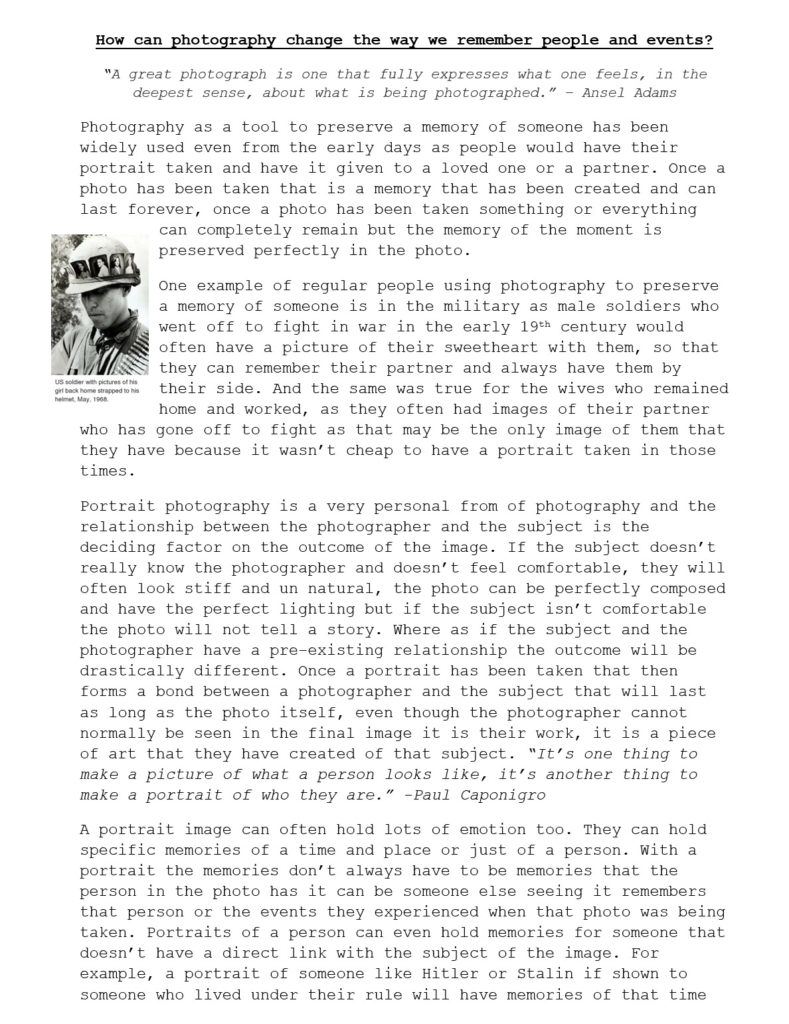

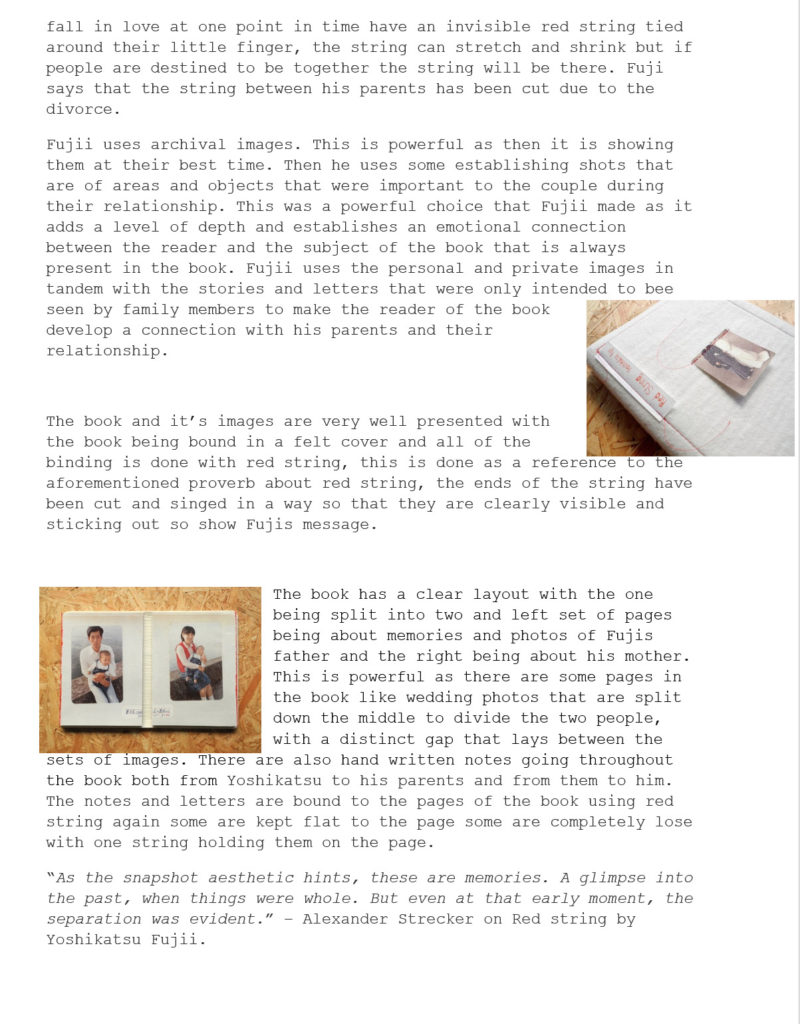
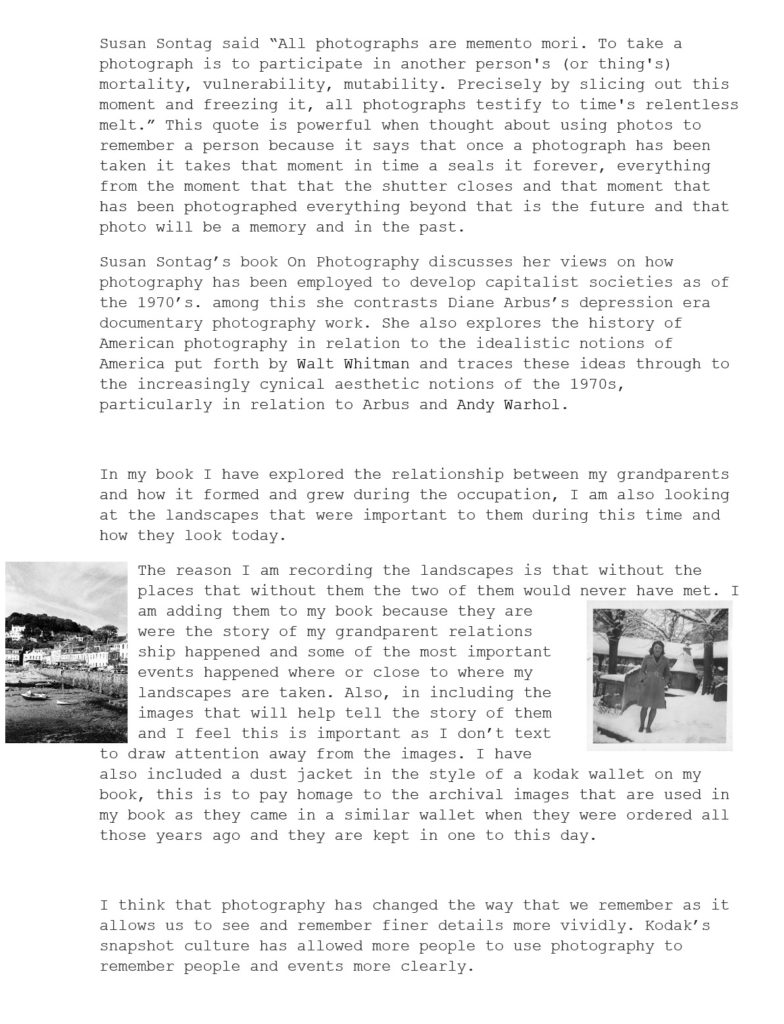
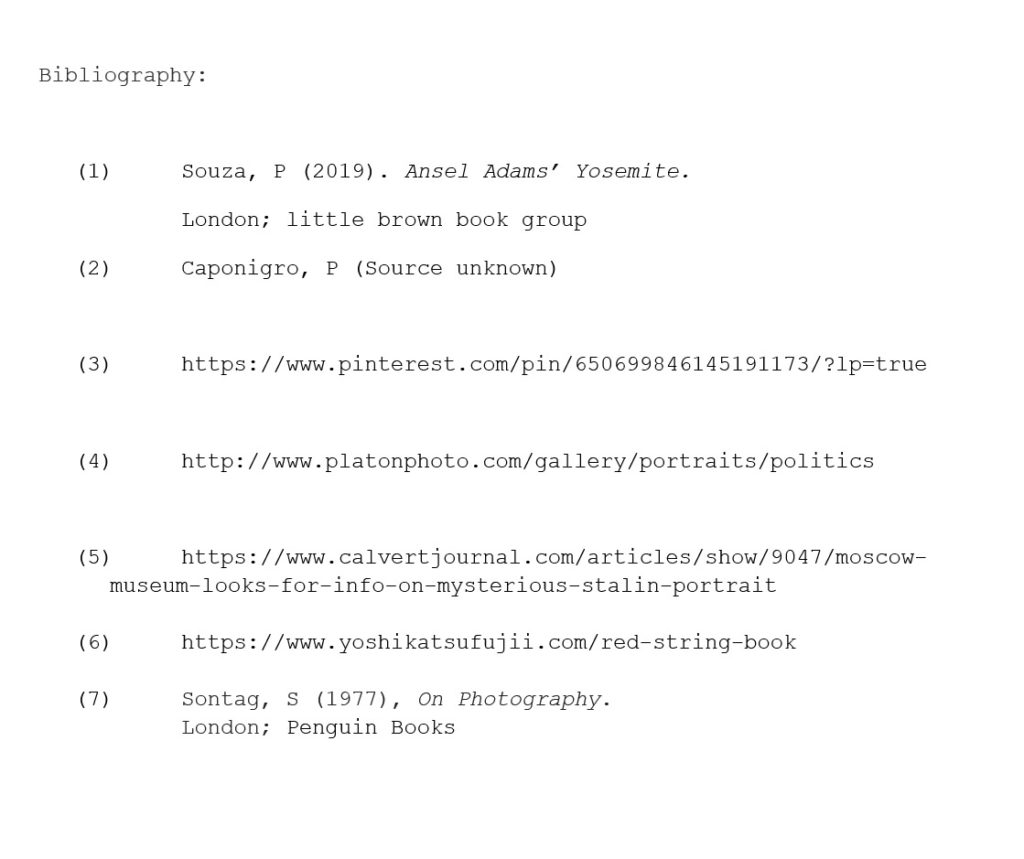

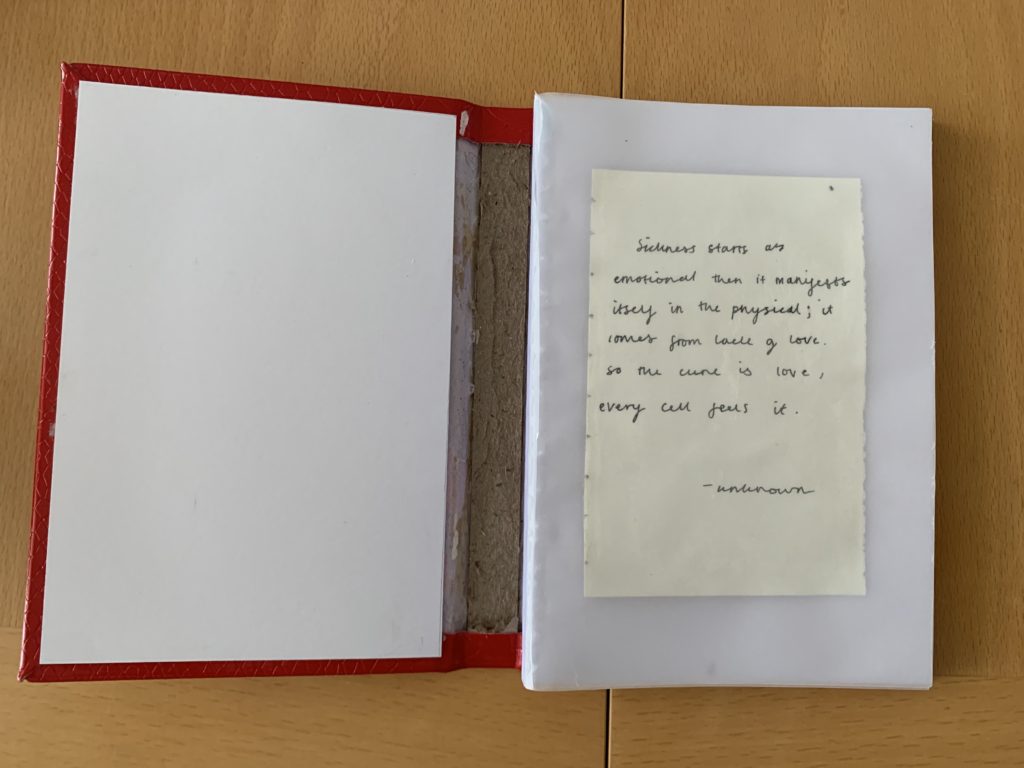

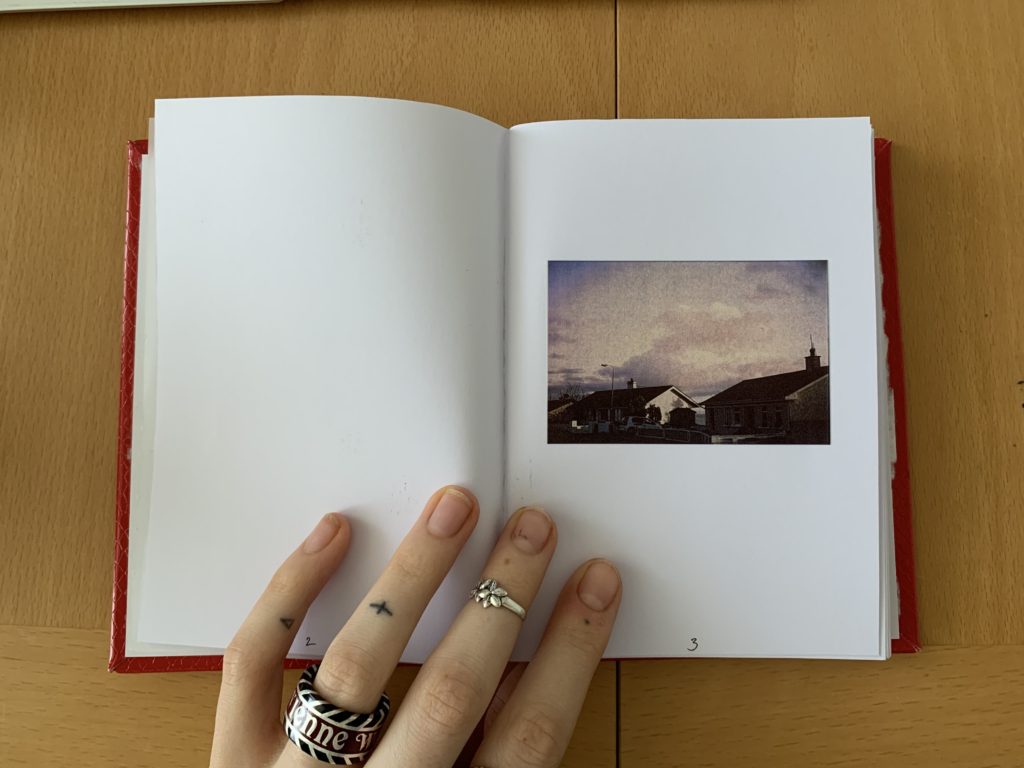






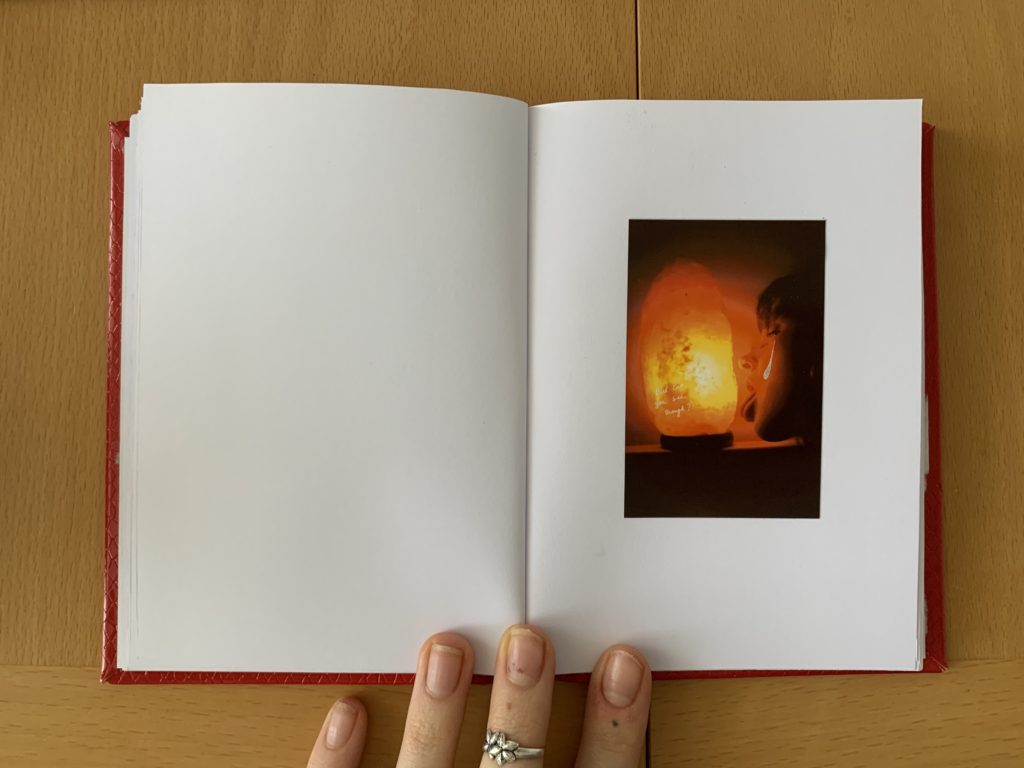






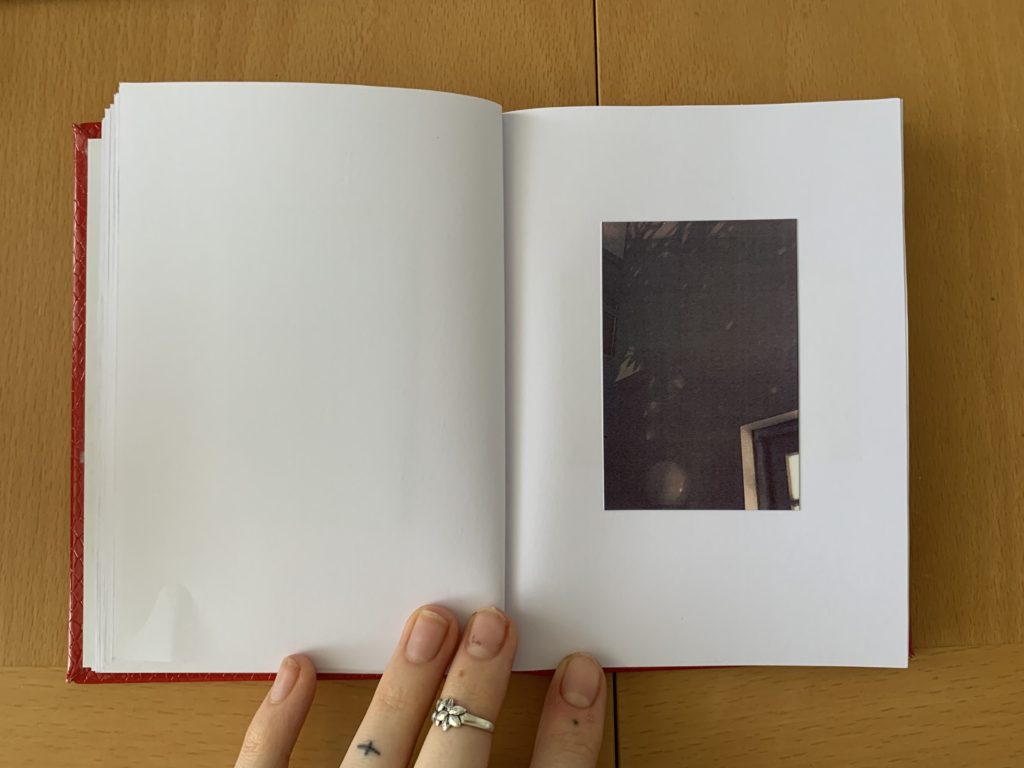



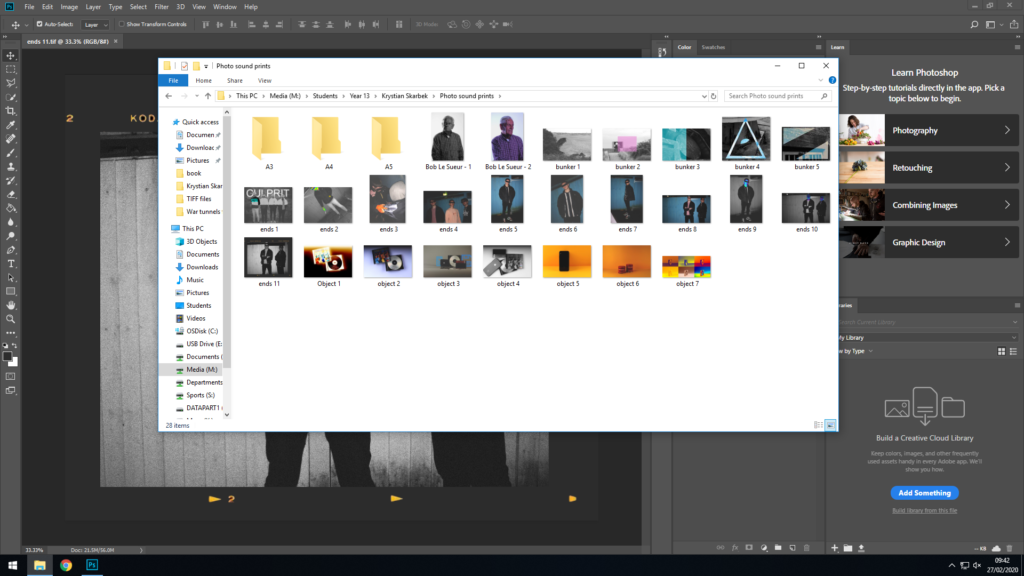
These are the images I have chosen to get printed off and framed. I have chosen 2 images from a photo shoot with Bob Le Sueur, 5 from the bunker project, 11 from my personal study, and 7 from various object photo shoots. I have organised them into A3, A4 and A5 folders for easier printing, but have taken the screenshot before doing so in order for all the images to be visible.

This is the final layout I have decided on for my prints. I have chosen to have the bottom image and the top image laid out like this because the bottom image is much darker while the top half of the top image shows as white, so it blends in better at the top with the board in the background. I then decided to leave the two smaller A5 images within the center as a sort of in between in contrast of the two other images, while also showing bunkers in a much further away and broader look rather than the close ups or specific parts of the bunkers.
Book Specification
My book is about the genre of dance and the reflection of dance through movement anticipated against emotions that each individual dancer may feel. For my book I will be using three other very different individual dancer to project my work through them, due to the connection they have created using dance. The idea of representing identity through photography techniques and specific, controlled investigation that will allows this stance to be projected. In the book I want to tell a story of each dancer working their way through each of their own stories from a child, to the dance studio, to general life and how danced is incorporated to all these aspects of their own lives. Throughout the book it is essential from me to remember my own experiences and almost place my own ideas of the controlled photographs which will allow for an even stronger demonstration of my main point.
Mood board of possible layout ideas
Narrative:
3 words that I would use to help describe my photo book
A sentence that would help describe my photo book- The reflection of emotional responses of individuals in terms of the genre of dance through the representation of movement.
Design:
I want my to have a more simplistic feeling to it to help focus the concentration of the viewer on each individual images, and each individual story. Being a dancer myself and understanding that there is so much more than just what is being presented in the media; the idea of the hard work that goes into the genre and performance, this is what I want to present and what I want the viewer to feel is the true background process of being a dancer and the hidden secrets of the dedication and hard work that goes into being part of the industry.
Through the narrative of my photo book I decided to stick to the premium lustre which will create a more glossary appearance, when looking deeper it this decision it is possible to suggest that the representation of the glossier choice of paper could be a representation of the spot light of being in the performing arts industry.
For my book layout it will be 7 x 7 small square book (18cm x 18cm) , due to the sizes of my images I believe this to be the best possible fit for my images and layout of photographs aiding my narrative.
As previously mentioned I want to take a simplistic approach and understanding to my photo book, I want to do this in order to create the best possible narrative that the viewer will understand in the best possible way. Furthermore, this means that when I was deciding on the order of my images I grouped the images in collections that would go best together and then put these collection in a new order.
I will mainly be using singe page spreads to help tell my narrative; the idea that each page is a new stage of each individual dance career and experiences. In addition their will also be elements of two spread sheets to show a comparison and a contrast against images or an experiences, this help create different types of views for the viewer. As well as the single and double page spreads I will also be incorporating 3/4 spreads of images of the environmental factors opposed to the actual subject which helps highlight a difference in the overall narratives.
The first selection of my images will be archive images from each subject that present them to when they were much younger which highlights the beginning of the journey. Furthermore, the next pages will carry on the story and experiences of dance. Contrasting with the last images which is the back of the studio almost presenting the end of the journey and a start of a new beginnings, as the individual finish school and go off to university.
I will not be adding texts or extra information to each of my images as I don’t want to depict how the viewer interoperates the overall narrative of my book.
For my photo book, the main theme was intimacy and young love. I wanted to explore my relationship with my boyfriend and show a series of different styles of images. I called this photo book “Espera” which means to wait in Portuguese, as this word (besides love) is a word that both Jack and I use frequently.
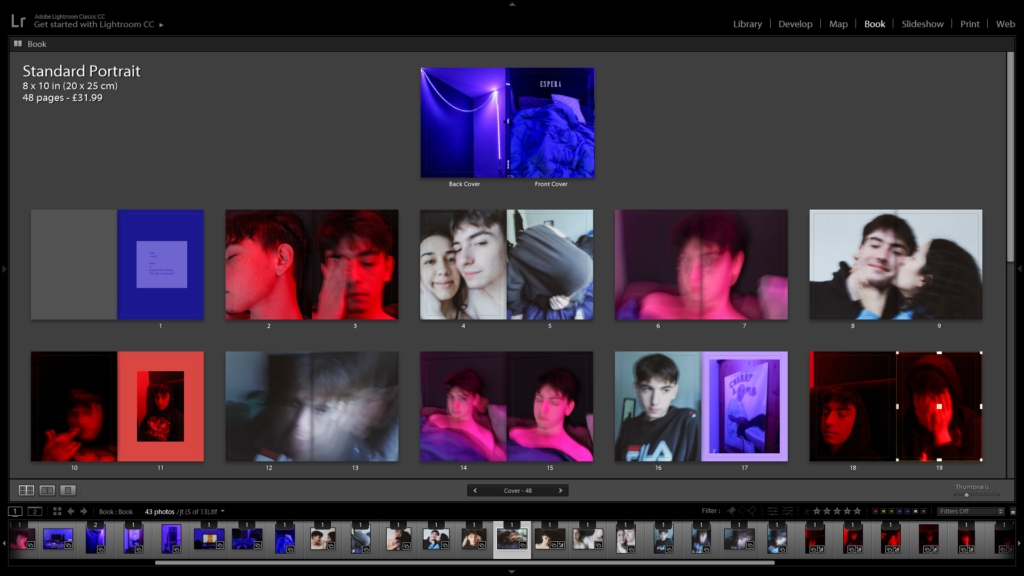

I put the definition of wait at the beginning of my photo book to start the narrative of waiting and longing for something, and showing the connection I have to that word and its definition.

Additionally, I wanted keep the pattern of the colour scheme to be one normal coloured photo then a neon coloured photo. I think this worked well in my book as I had a purple, red and pink theme mixed with neutral toned images, which created a nice visual.

Throughout my photo book, you can see that I have tried to put a image of an object next to a portrait image in some of the pages. This gives the sequencing fluidity and shows the narrative of Jack’s living space, further showing his personality.

Here I couldn’t find images that fit with the sequencing so I tried to match the colour of the images background to the colour of the blank page.
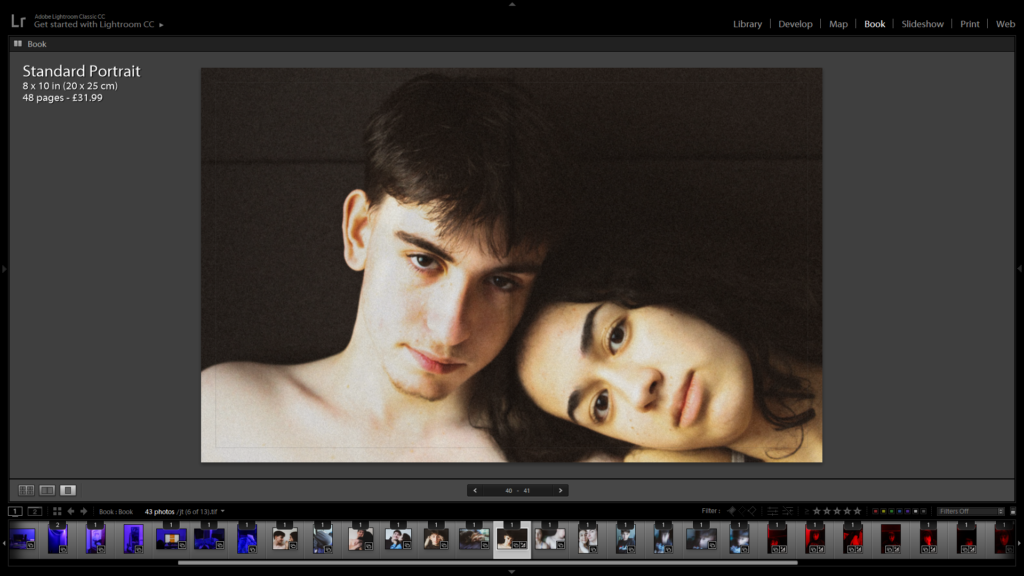
Finally, I am really pleased with how my photo book came out as I was able to showcase my idea and theme of intimacy and young love. I also think I was able to sequence it really well and you could see there was a narrative in my book. Moreover, I think the overall aesthetic of my book was really well done and looks visually appealing for the viewers of my book. I hope that I was able to show my relationship and put across the idea that it’s okay to express love for others and that intimacy is good. Additionally, the theme of occupation and liberation guided me and gave me inspiration for my book at the thought of being in a relationship can be really liberating and free. Overall, I think I was able to capture raw moments of intimacy and young love and showcase those ideas into my photo book.
https://www.blurb.co.uk/bookstore/invited/8565044/66bc0744ecfad1db5ec8d9d401af9c438dff9837